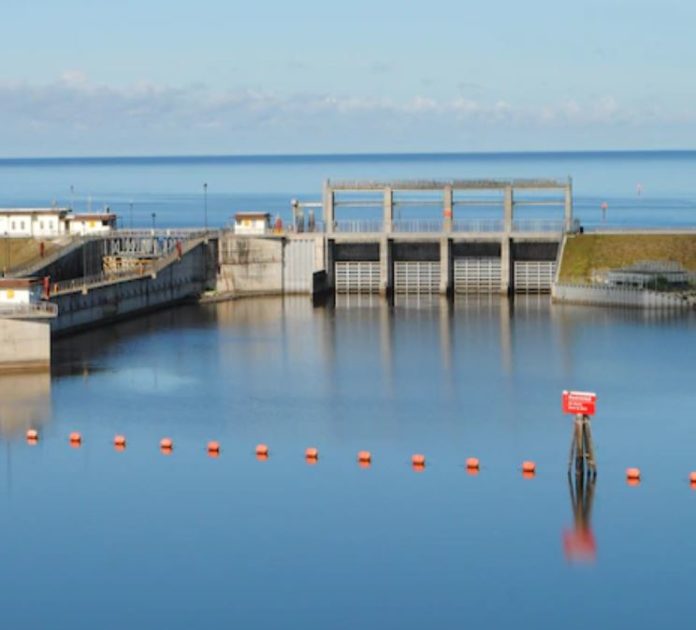(By Kim Ryan) The Caloosahatchee is a 67 Mile long river with three locks: S79 Moore Haven, S78 Ortona and S77 Franklin lock (located in Alva). When water is released on schedule from Lake O it is measured in cubic feet per second from S77 which is the lock that is closest to the Lake.
That measurement does not include the Caloosahatchee watershed (also called a drainage basin which is the area of land that drains surface water and groundwater to a common water body). The Caloosahatchee watershed measures 424.9 square miles and as such contributes a great deal of water to the river.
When rainfall occurs it travels over all that land picking up all types of harmful material such as pesticide runoff from homes and agriculture areas , manure, oil, and gasoline to name a few.
This large watershed area exponentially increases the volume of water which eventually flows through S79 (Alva) and into the river south of the Franklin Lock and can adversely affect water quality and marine/plant life.
A 2014 SFWMD document regarding the Caloosahatchee River (C-43) West Basin Storage Reservoir Project (which when completed is designed to capture and store a portion of the watershed runoff and regulatory releases from Lake Okeechobee, and help promote a more balanced and healthy salinity regime) discussed the impact of water fluctuations. “The Caloosahatchee River ecosystem is a highly productive estuary where the influx of nutrient-rich freshwater runoff mixes with salt water from the Gulf of Mexico. The estuary is an important nursery ground for many species, including some commercially and recreationally important or endangered fish and shellfish. Alterations to the watershed upstream and downstream of the S-79 Structure have resulted in wide variations in freshwater inflows to the estuary on both an annual and inter-annual basis. The extreme fluctuations in freshwater inflows affect water quality including salinity, which impacts estuarine fish and wildlife health and productivity. Protection of estuarine species including habitat-forming organisms (submerged aquatic vegetation and oysters), requires a less extreme range of flows through the S-79 Structure.”
It was suggested/requested by many SW Floridian stakeholders that the Army Corps of Engeinners, now developing the new Lake Okeechobee system Operating manual, consider consistently measuring the volume of water going through S79 the Franklin lock. Maybe this will give a clearer, more accurate picture of the amount and health of the water entering the river and moving down towards the Gulf of Mexico in the hopes that adjustments could then be made to limit harmful/stressful discharges.
Army Corps Colonel Andrew Kelly would not commit to measuring at S79 during a presentation he made on LOSOM this week.
Kim Ryan is the co-host of Beach Talk Radio and can be reached by e-mail at kimandjillian@gmail.com

